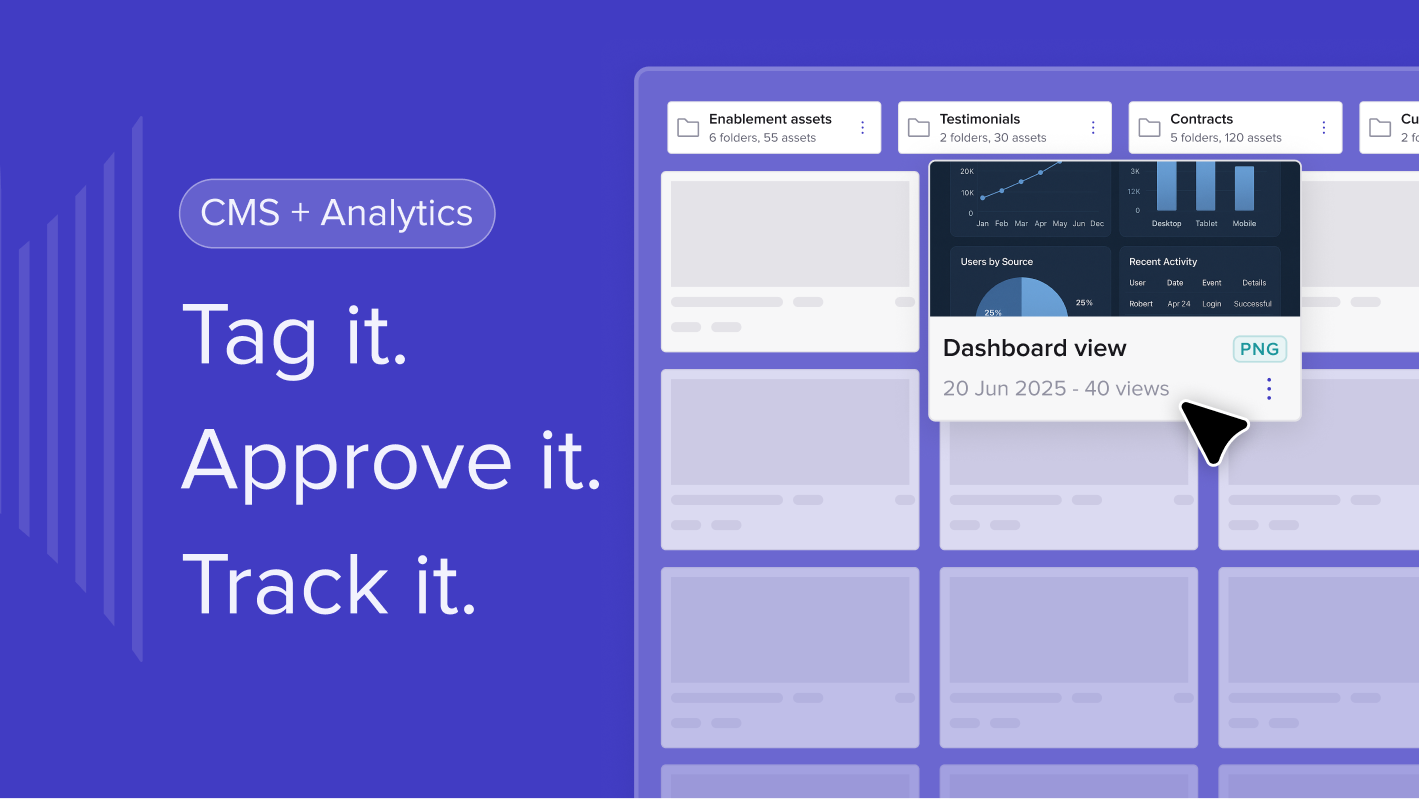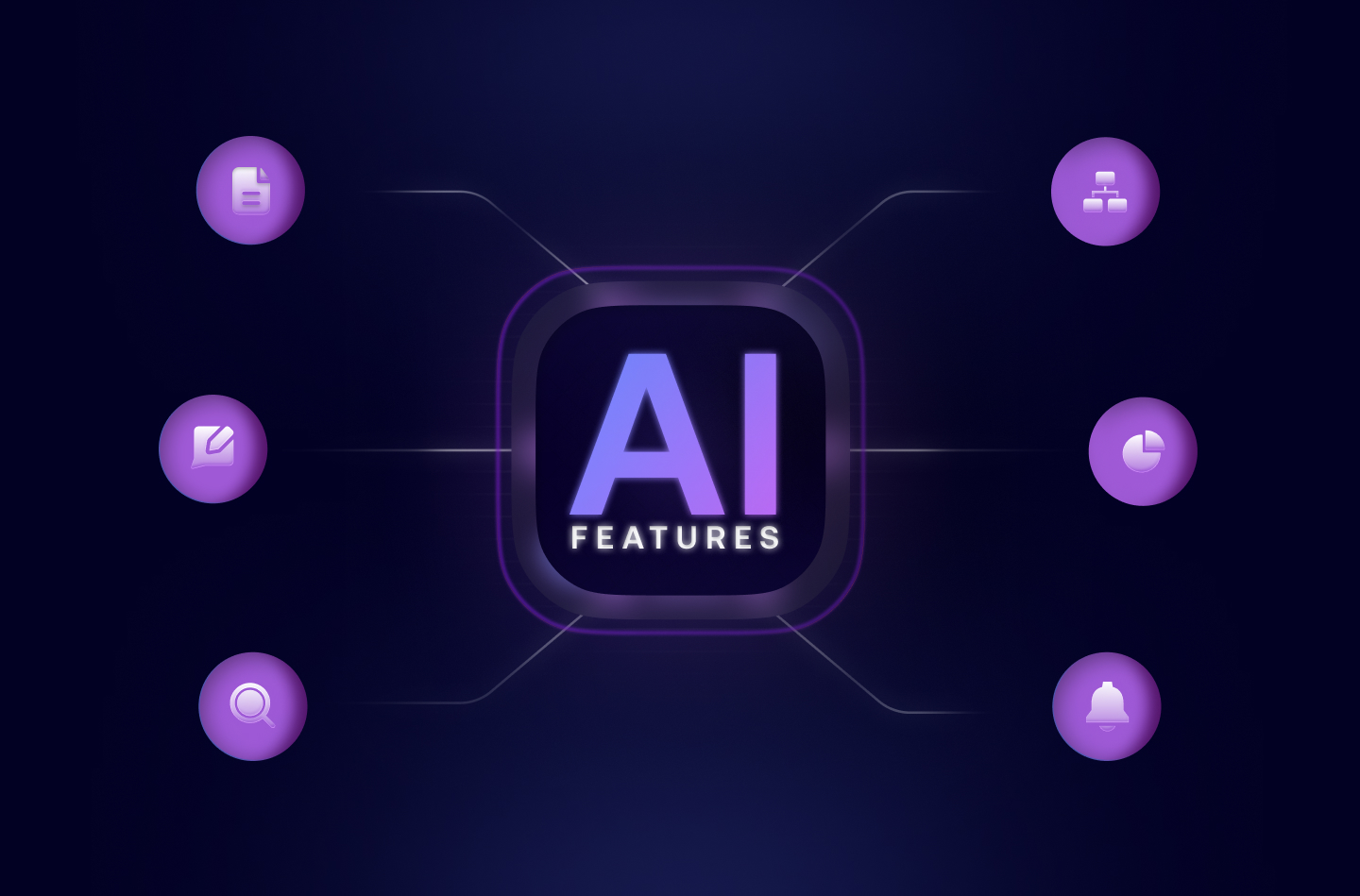Creating org charts manually? That’s yesterday’s sales strategy, just saying. Manually mapping stakeholders in PowerPoint or Word is slow, inaccurate and well painful. You can't keep them up to date without taking too much of your time, and in Sales we know you're already short on that as it is.
If we're talking about B2B sales, the number of people influencing a deal can creep up quickly – eight stakeholders is average. Knowing who’s involved and how they’re engaging shouldn’t be left to guesswork.
Spreadsheets and diagrams might offer a visual starting point, but they’re static, disconnected and reliant on manual updates. One small change internally – a new decision-maker, a sudden shift in priorities – and your diagram’s outdated.
Cons of manual org charts:
- Time-consuming to maintain
- Easy to miss new or hidden stakeholders
- Lacks behavioural insights
- Doesn’t track engagement or influence
- They also look boring and not visually pleasing
Pros:
- Good for a quick overview
- Familiar to many teams
Org chart vs trumpet
With trumpet’s auto-generated org charts, you can:
- Automatically identify new stakeholders as they join the conversation
- Understand who’s influencing the deal – and who’s not
- Pinpoint internal champions and blockers
- Enable smarter multithreading
Because the charts update in real time based on pod activity, they’re always current. No more outdated diagrams or missed connections.
It's a time-saver, it’s a competitive advantage. Teams using trumpet can react faster, personalise communication and align more closely with the real decision-makers.
If you want to keep reading on creating smart stakeholder engagement strategies, check out our guide on building stronger relationships.

.svg)
.svg)
.svg)
.svg)
.svg)
.svg)
.svg)
.svg)
.svg)
.png)
.svg)
.svg)
.svg)
.svg)

.svg)
.svg)
%201.svg)
.svg)
%201.svg)



.svg)



















![How to Get Started with Buyer Enablement [With Examples]](https://cdn.prod.website-files.com/65cf4fecbed2754c2236665d/65cf4fecbed2754c22366bdb_65a5af83e742f76e34ce06f3_Customer%2520Onboarding%2520_%2520Everything%2520you%2520need%2520(2).png)
.png)



.png)



.png)











.png)


.png)


.png)
.png)







